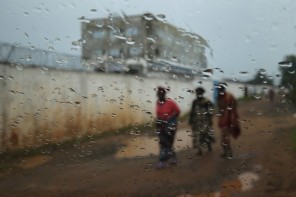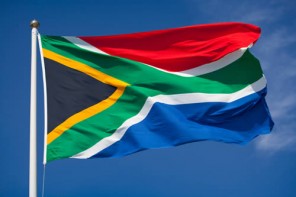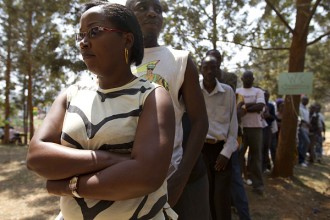I was incredibly moved by Huascar Robles’ account of reporting in Haiti. Huascar is a young Puerto Rican reporter who had been researching an environmental story he hoped to report from Haiti before the earthquake. When it hit, he felt he had to go. He spent a few days in the DR at the border before finding the right way in.
He attached himself to a veteran disaster photographer, the kind of guy who’s seen and done it all. It’s a remarkably well-told story that says something worthwhile about the role of journalists in disaster areas. Here’s an excerpt:
I interviewed a few relief workers heading there and some returning. The trauma that the returning volunteers felt was evident in their demoralized semblance. A 22-year-old man named Simon Perez begged to talk to me. He had driven to Haiti soon after the earthquake and helped remove the wounded.
¨I can’t sleep,¨ he told me as he wiped tears. ¨These images are just buzzing around my head. I want to see my mom, my father and my son. I asked for a leave of absence. I am still waiting for a response.¨
I didn’t sleep that night either. I visited the hospital, and spoke with survivors and doctors to try to get a sense of the scope of the work at the Dominican border. At the hospital, I visited the amputees’ ward where children with missing limbs played with toys to distract their pain. Tamara, a 7-year-old girl screamed in agony as they tried to perform a blood transfusion.
I love this excerpt because Huascar knows Tamara’s name. I don’t know how many other reporters, including myself, would know the name of one girl among dozens in one scene among hundreds of desperation. Which makes me trust Huascar when he says — despite the media critiques of Haiti coverage — that journalists have to be there.



